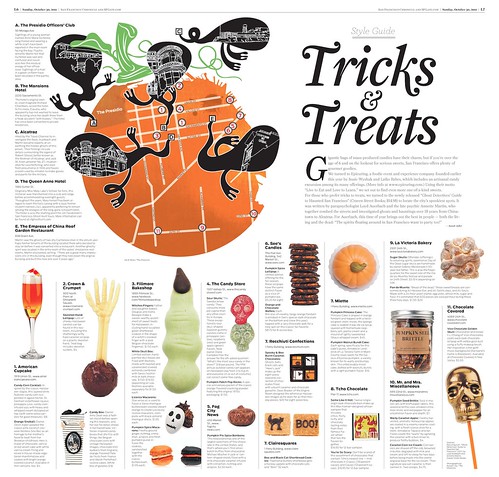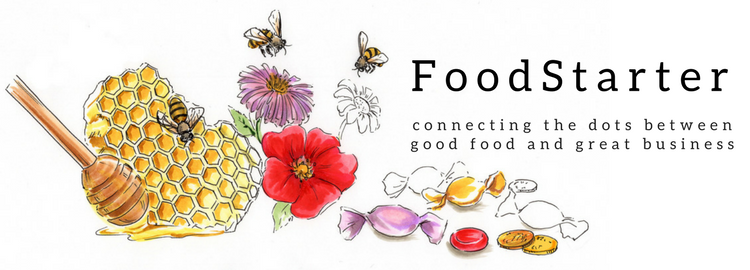In recent weeks the Domino’s Artisan Pizza launch (with pizza made by self-proclaimed “non-artisans”) caused the world to question: What is artisan food? And is the word kaput now that it is being used a substitute for anyone who makes any formerly-known-as-gourmet food? This inquiry, common in the specialty food world, has made its way to the mainstream, featured in Bruce Horovitz’s USA Today article Marketers use artisan label to evoke more sales
For a Halloween feature in the San Francisco Chronicle, my partner in Epicuring Laiko Bahrs and I worked with a number of San Francisco artisan chocolate makers and bakers to create a “treats” crawl of the city. (Here’s the full text.)
Artisans? Yes. They are sole or very small operations who conceived of original recipes and creations they are making themselves, by hand. Meaning, they did not come up with a recipe, standardize it, and distribute it to one of their many locations to say do it exactly like this.
We adore See’s. Honestly, I have a life long obsession with See’s. Yet I’ve never called them artisans; yet, their candy has never lacked without having that description. See’s employs production workers who took Mary See’s (and other more recent) recipes to produce en mass. They use extremely high quality ingredients. I wouldn’t, let’s just say, enjoy so much at a time otherwise.
A later post will continue a discussion (read: rant) with ideas on how to describe a limited production food operation without going overboard. For now, winding through the sweets of San Francisco for a visual definition of “artisan.”
Click the image to enlarge…and see the craft behind the artisans.







